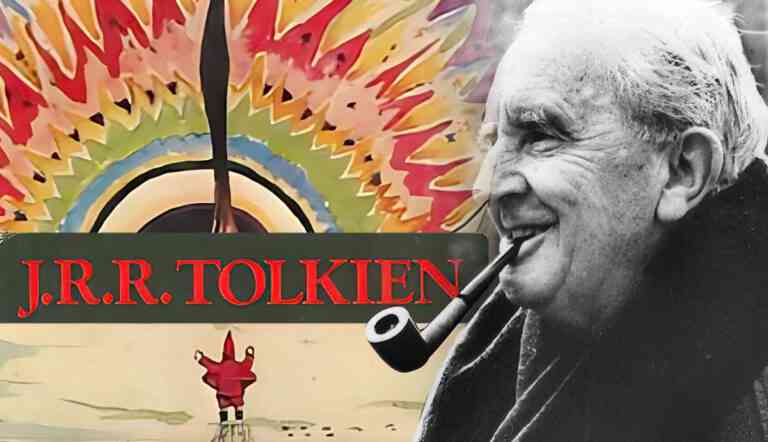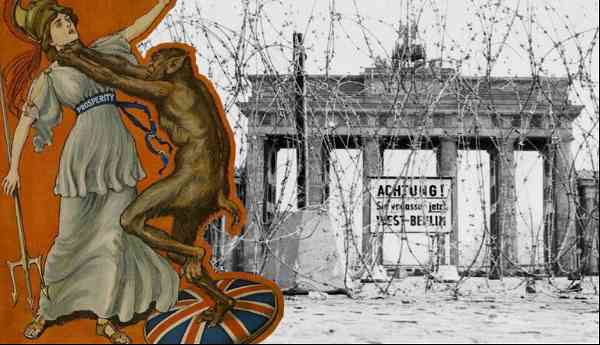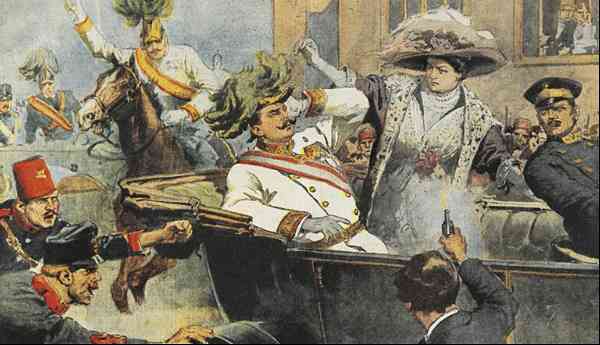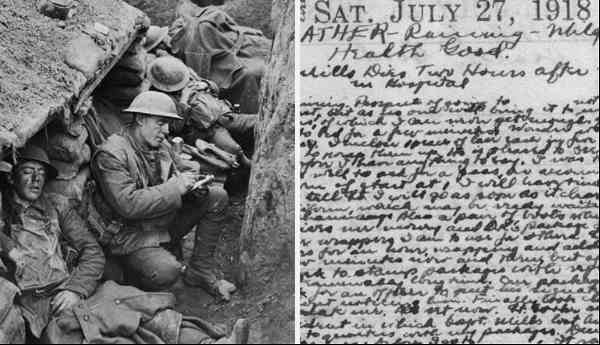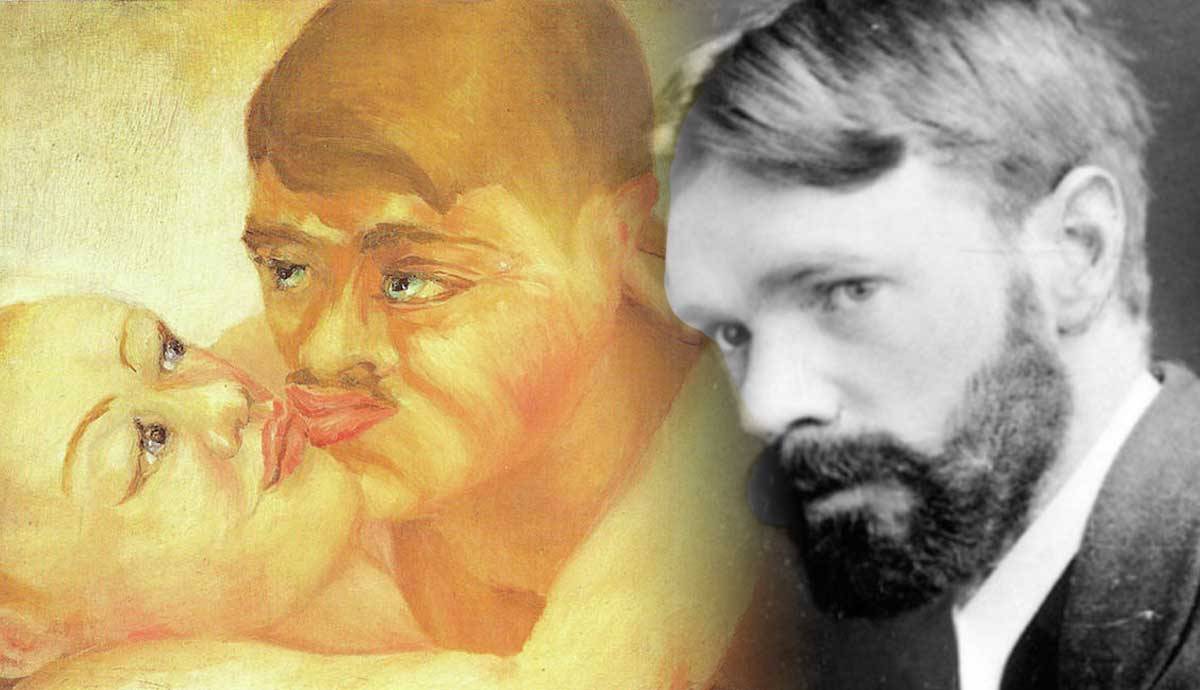
D.H. Lawrence remains something of an enigmatic, complicated figure within literary modernism. While his works were often thematically daring, he was critical of the formal experiments of such high modernists as James Joyce and Virginia Woolf, and, in his love of the natural world, he was often more closely aligned with the Romantics in his sensibilities. He was also prone to violent outbursts and invective rages, perhaps due to mood swings brought on by his latent tuberculosis. Writing to his one-time love interest Jessie Chambers, he claimed that his self was split into two discrete versions: the man and the artist. In the latter version of himself, he could be cruel and hateful; in the former, pleasant and loving. He lived during extraordinary times, and his own life was similarly remarkable.
D.H. Lawrence’s Early Years: Life in the Midlands
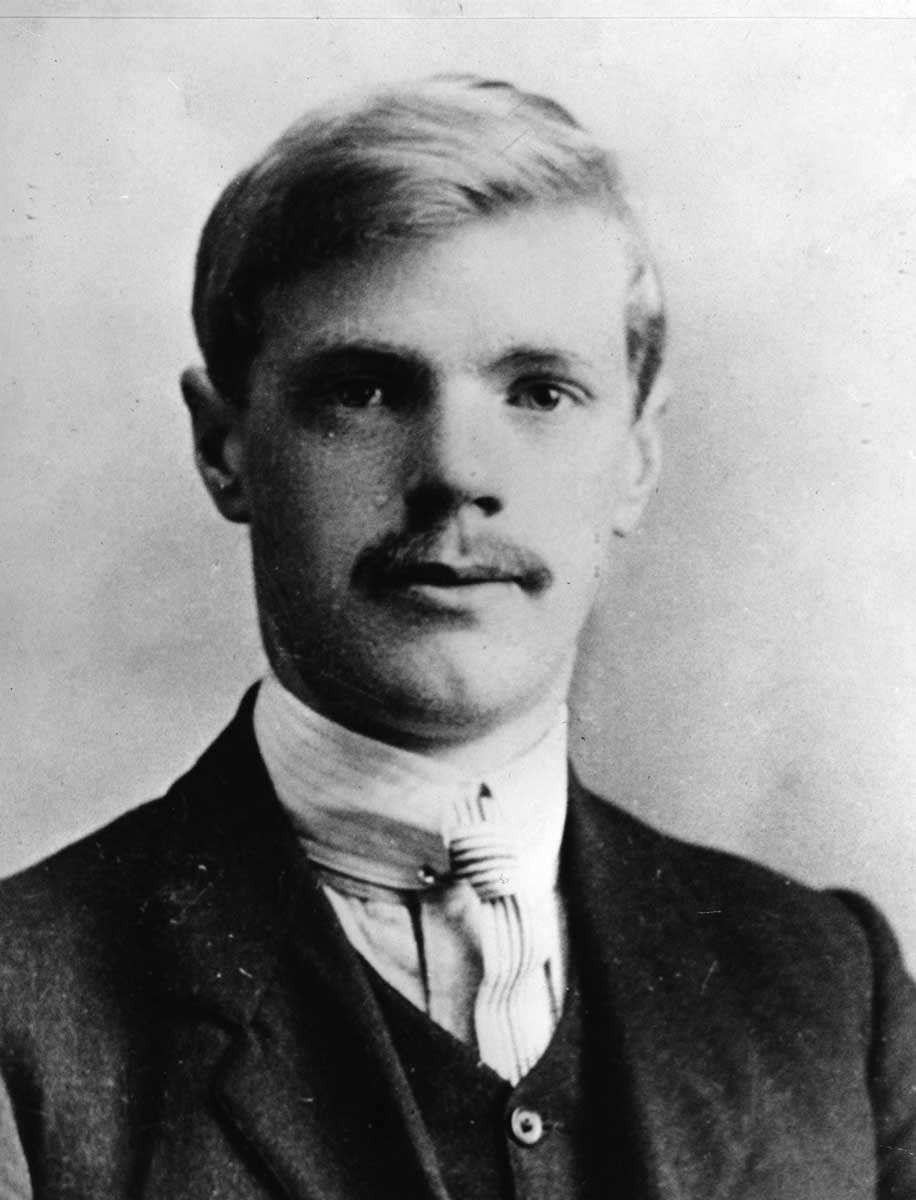
David Herbert Lawrence was born on September 11, 1885 in Eastwood, Nottinghamshire. He was the fourth child of Arthur John Lawrence, a coal miner employed at Brinsley Colliery, and Lydia Lawrence (née Beardsall), a former pupil-teacher. Eastwood was something of an ambivalent space, being both industrial and rural at the same time. In his youth, Lawrence loved to explore the surrounding countryside, including what remained of the legendary Sherwood Forest. And in his writing, he drew equally on this love of the natural world and on his working-class upbringing within a Midlands mining community.
From 1891 to 1898, he attended Beauvale Board School before winning a county council scholarship to attend Nottingham High School, becoming the first child from the area to win such a scholarship. By 1901, he thought he had left his education behind and took up employment as a junior clerk at Haywood’s surgical appliances factory. After three months, however, he became ill with a serious case of pneumonia and never returned to work. As part of his recovery, he spent a lot of time in the clean air of the countryside and paid regular trips to the Chambers family farm, Hagg’s Farm. He became especially close with Jessie Chambers, the family’s young daughter.
Having recovered his health, between 1902 and 1906, Lawrence worked as a pupil-teacher (just as his mother had done before him) at the British School in Eastwood. He then became a full-time student at University College, Nottingham, earning his teaching certificate in 1908. By this time, however, he had already resolved to become a writer rather than a teacher, having won a short story competition in the Nottinghamshire Guardian one year prior to his graduation.
Moving to London

Get the latest articles delivered to your inbox
Sign up to our Free Weekly Newsletter
While Lawrence may have made up his mind to become a full-time writer, he was in no financial position to do so just yet. When he moved to London in 1908, therefore, it was so that he could take up a teaching position at Davidson Road School in Croydon – and, in his spare time, immerse himself in London literary culture.
It was at this time that Jessie Chambers sent a selection of Lawrence’s poetry to Ford Madox Ford, the editor of the English Review. Duly impressed, Ford commissioned Lawrence’s short story “Odour of Chrysanthemums” for the prestigious periodical. Once published, it came to the attention of the publishing house Heinemann, who asked to see more of Lawrence’s work.
In 1910, while he was working on his first novel, The White Peacock, his mother died of cancer. Having always been especially close with his mother, Lawrence was devastated by the loss and came to draw on his feelings of love and grief in writing Sons and Lovers, which was first provisionally titled Paul Morel.
One year later, The White Peacock was published, and Lawrence suffered another severe case of pneumonia. Emboldened by his newfound status as a published novelist and now eager to reduce his workload, he left teaching to become a full-time writer upon his recovery.
Meeting Frieda
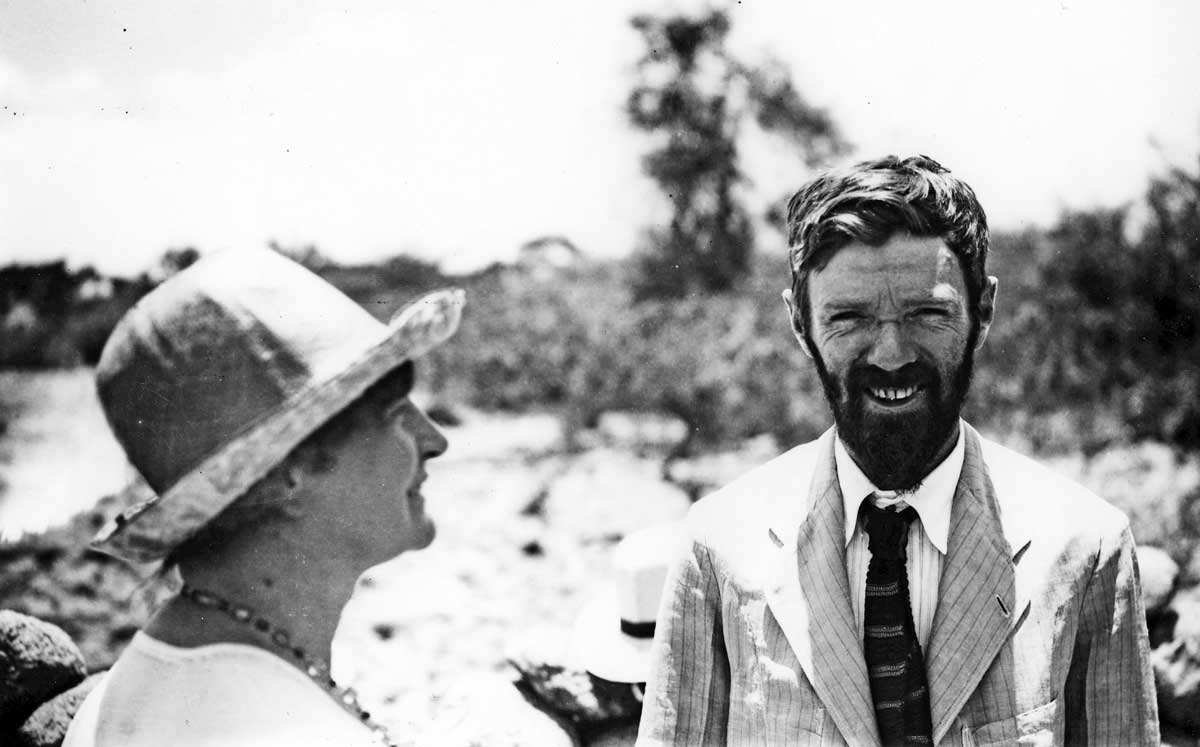
March 1912 was to mark a momentous occasion in Lawrence’s life when he met Frieda Weekley (née von Richthofen). Frieda was six years older than Lawrence and was already married to Ernest Weekley, one of his former modern languages professors, with whom she had three young children. All of this notwithstanding, Frieda and Lawrence fell in love and subsequently eloped, traveling to her parent’s home in Metz.
At the time, Metz was officially part of Germany, though it was on the border with France. Once here, Lawrence was arrested on suspicion of being a British spy and was only released after Frieda’s father intervened on his behalf.
Following this mishap, Lawrence moved on to Munich, where he was shortly joined by Frieda. Together, they then made their way across the Alps and into Italy. His time in Italy went on to inform his first travel book, Twilight in Italy, and it was here that he finally finished Sons and Lovers. He had found writing Sons and Lovers to be a lengthy and emotionally arduous task, so when it was finished, he gave Edward Garnett carte blanche to cut a substantial number of pages from the manuscript. Upon its publication in 1913, however, working-class lives were depicted by a working-class writer for arguably the first time in the tradition of the English novel, and many view Sons and Lovers as being among the best novels of the century.
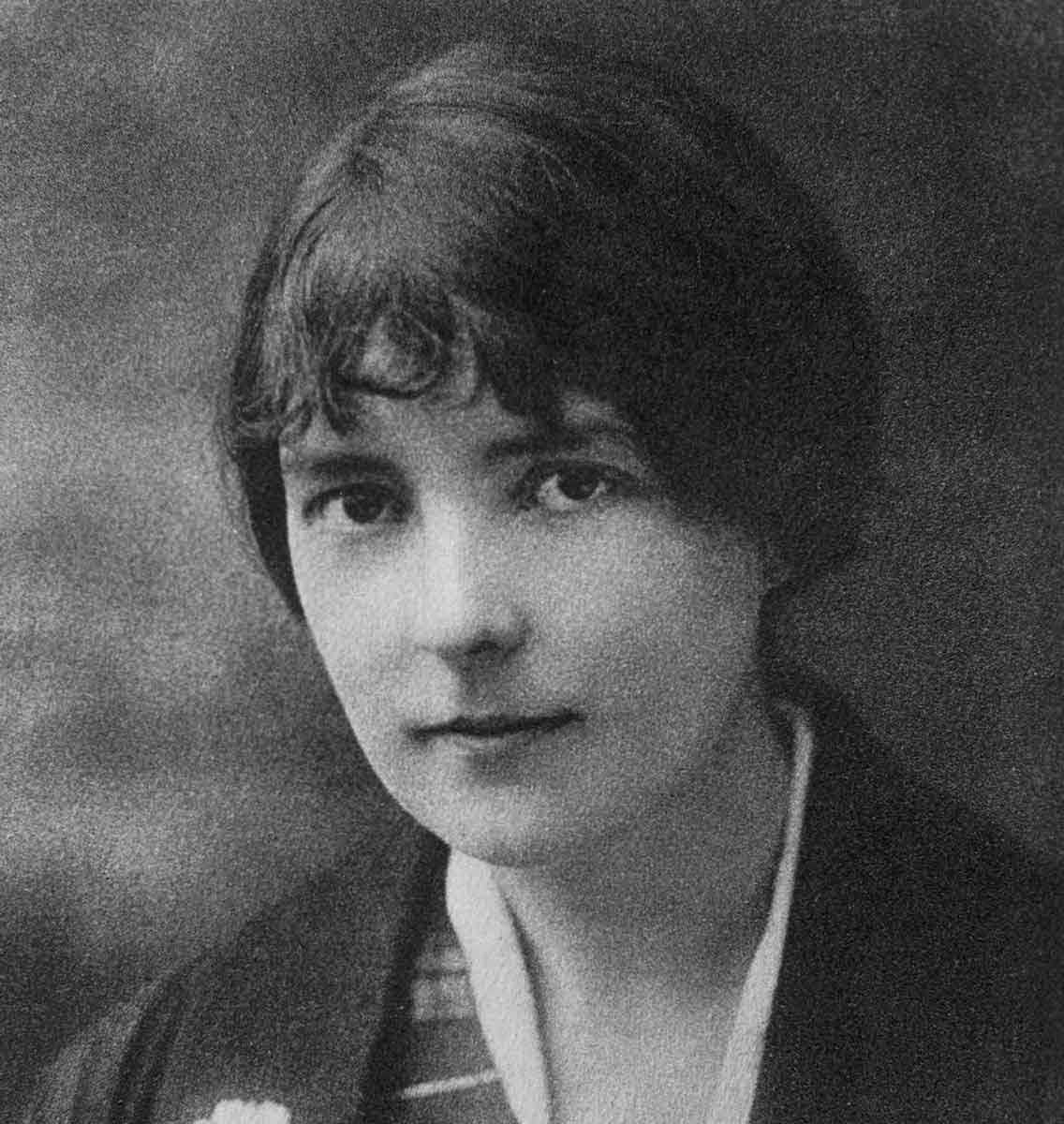
It was also in 1913 that Lawrence and Frieda returned to the United Kingdom for a brief visit before heading to Bavaria and then returning to Italy. During their stay in the UK, they met the editor John Middleton Murry and the poet and writer of short stories Katherine Mansfield, with whom they struck up a friendship that was tumultuous at times.
Once back in Italy, Lawrence settled down in Fiascherino to work on his next novel, The Rainbow. This novel contains a lesbian love scene (for which it was vilified and banned for obscenity for eleven years after publication) inspired by a homosexual love affair of Katherine Mansfield, which she had confided to Frieda, who in turn reported to Lawrence. Mansfield, needless to say, was not best pleased when she came to read the novel. Mansfield also inspired the character of Gudrun (as, in turn, Murry inspired the character of Gerald) in Lawrence’s novel of 1920, Women in Love.
The Great War & Its Aftermath: Lawrence in Exile
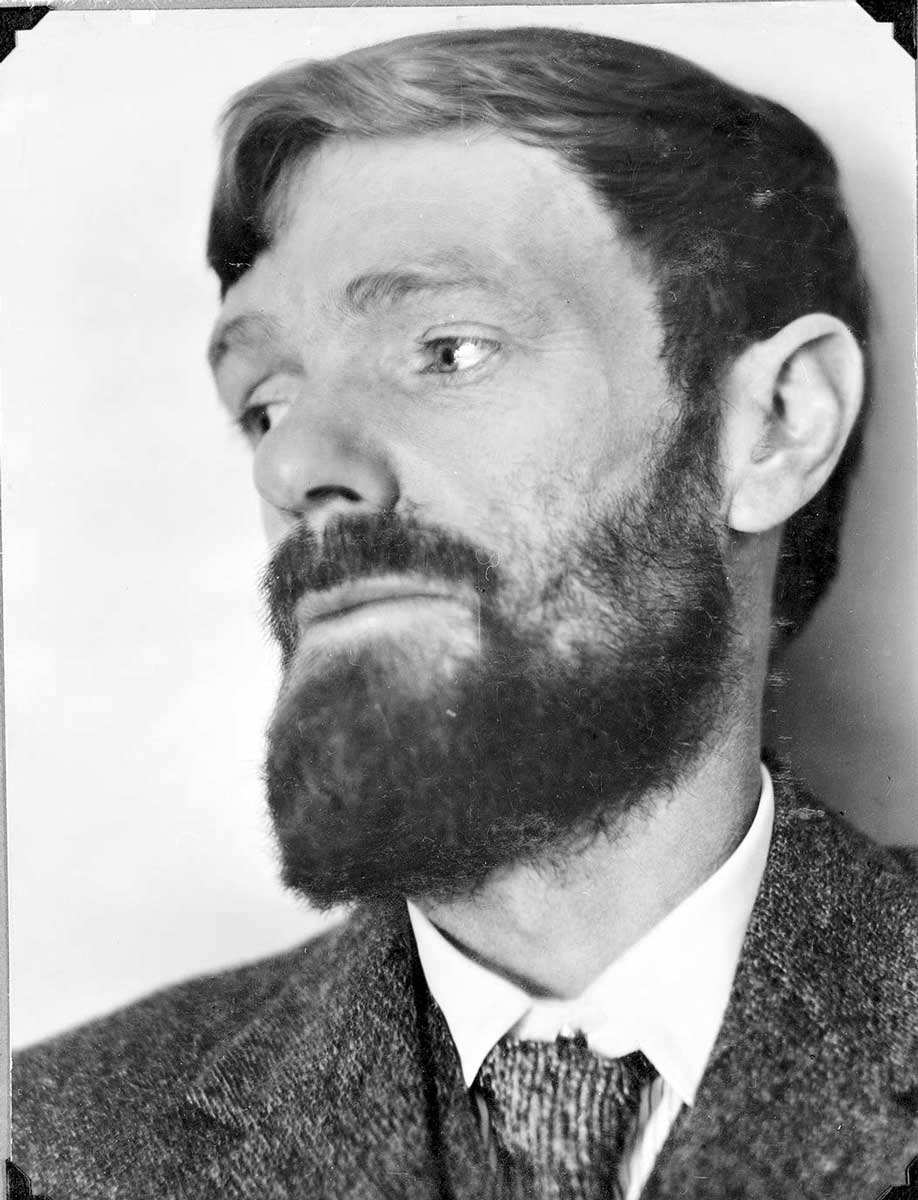
Despite these differences, both Mansfield and Murry were invited to Frieda and Lawrence’s wedding in 1914 when Frieda’s divorce was finalized. Not long after their marriage, however, Britain declared war on Germany, thus beginning the First World War. As Frieda was German by birth, the war posed some difficulties for the couple.
They spent some of the war in Cornwall (and were briefly joined by Mansfield and Murry), where, it is thought, Lawrence had an affair with a Cornish farmer named William Henry Hocking from 1916 to 1917. Also during their stay, Lawrence and Frieda were accused of signaling to German submarines off the Cornish coast. In 1917, they were forced to leave Cornwall under the Defence of the Realm Act.
After the war was over, Lawrence went into voluntary exile from the United Kingdom. He traveled to many places, including Mexico, the United States, Australia, Sri Lanka (or Ceylon, as it was then called), and the South of France. First, however, he returned to Italy, and his stay there informed his travel writing, such as Sea and Sardinia, and his fiction, including The Lost Girl, for which he was awarded the James Tait Black Memorial Prize.
In 1922, Lawrence and Frieda left Europe to go to the United States. They traveled here somewhat circuitously, heading first to Ceylon and then to Australia, arriving in the United States in September. They then settled in Taos, New Mexico, where several other bohemians had also settled. Here, in exchange for the manuscript of Sons and Lovers, Lawrence and Frieda obtained a 160-acre ranch, now known as the D.H. Lawrence Ranch, in 1924. While in the United States, he published Studies in Classic American Literature, which assisted the revival of Herman Melville’s literary reputation in the early 1920s.
Later Life: Lawrence’s Ill Health

As the aforementioned bouts of pneumonia would suggest, however, Lawrence’s health was never particularly robust. In 1925, Lawrence was diagnosed with tuberculosis, though he had probably been tubercular for around a decade before then (and it is widely thought that it was Lawrence who passed the disease on to Katherine Mansfield, who died of tuberculosis in 1923). As this disease compromised his immune system, in 1925, he also contracted a near-fatal case of malaria while he and Frieda were in Mexico.
Though he recovered from malaria, he was nonetheless considerably weakened, and he and Frieda moved on to the gentler climate of Northern Italy. Here, he worked on the novella The Virgin and the Gipsy and the novel Lady Chatterley’s Lover. Published privately in Italy in 1928 and then in France in 1929, Lady Chatterley’s Lover was banned for obscenity in the United States, Canada, Japan, India, and Australia.
The uncensored version was not printed in Lawrence’s native Britain until 1960, when it was placed at the center of an obscenity trial. While the novel was objected to on the grounds that it featured explicit descriptions of sexual acts as well as some choice four-letter words, it was also scandalous from a class perspective, depicting a sexual relationship between an upper-class woman and a lower-class man.
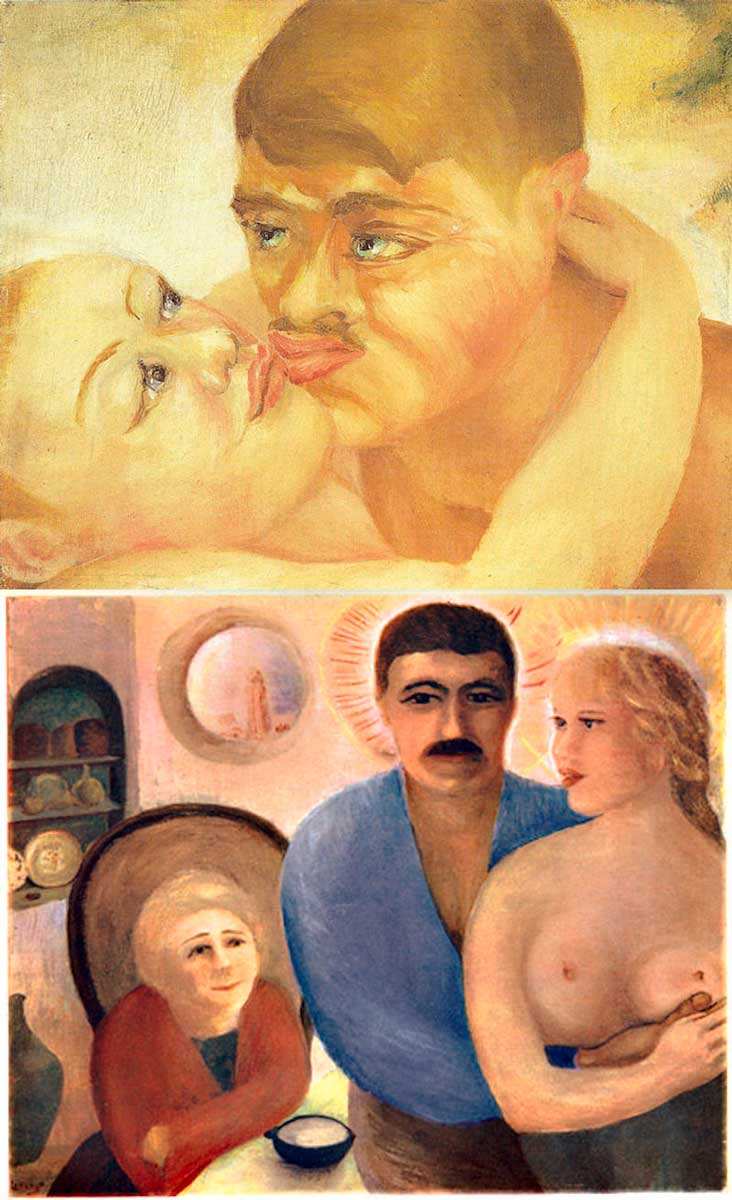
In his later years, Lawrence took up oil painting, and his work was exhibited in June 1929 at the Warren Gallery in London. Though the exhibition could be considered a success inasmuch as it attracted a great many visitors, it was raided by the police, and certain works were confiscated and subsequently banned. Less than a year after the exhibition, Lawrence died on March 2nd, 1930 due to complications from tuberculosis, at the Villa Robermond (now known as the Villa St. Martin) in Vence, Southern France. He was 44 years old.
Upon his death, Lawrence was viewed (within some literary circles) as a naturally talented writer who had squandered his gifts and amounted to little more than a pornographer. The Lady Chatterley’s Lover trial of 1960 helped to rehabilitate this aspect of Lawrence’s reputation, though the rise of feminist theory within literary criticism (in particular, the 1970 publication of Kate Millet’s Sexual Politics) dealt another blow to Lawrence’s literary standing. Certainly, Lawrence was a complicated man whose views on any given topic were often extreme while also seeming to be so contradictory as to make him (at times) ideologically inscrutable. Despite his flaws as a man and, on occasion, as a writer, D.H. Lawrence wrote some of the best novels of the early twentieth century and, in doing so, changed how sex, relationships, and the body could be written in literary fiction.


